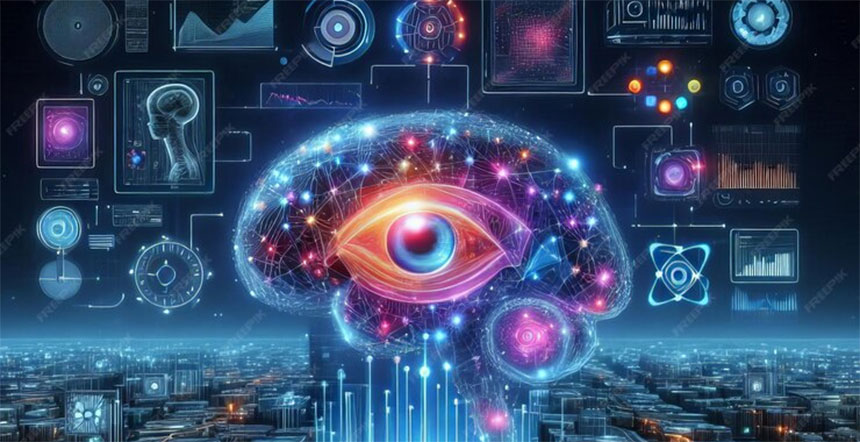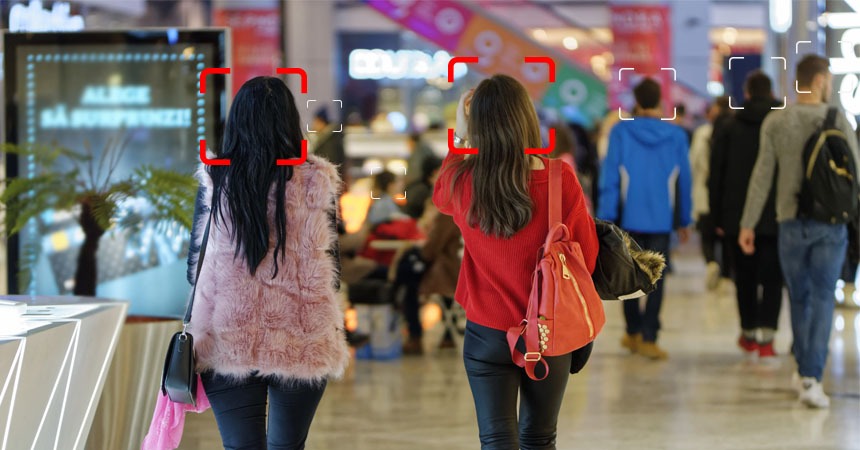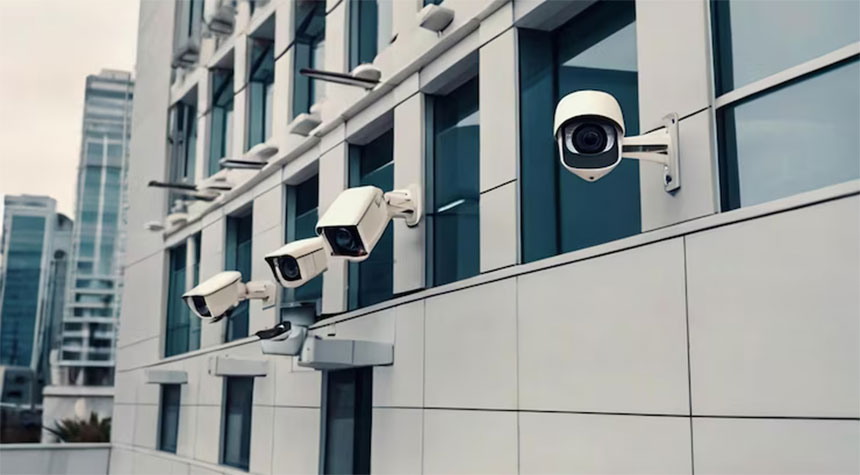As technology continues to advance at a rapid pace, the field of computer vision – a cutting-edge branch of AI that allows machines to “see” and understand visual data—is set to skyrocket. From theft detection and people tracking to security and surveillance, computer vision algorithms are being used to enhance safety and efficiency in countless applications.
What was once a sci-fi dream is now reshaping industries and daily life.In this blog, we will explore the latest trends and predictions in the world of computer vision, including advancements in facial recognition, real-time threat detection, and the use of adaptive AI models. Let’s dive in and discover!
Emerging Trends in Computer Vision
The field of computer vision is witnessing exciting developments that are reshaping how machines perceive and interpret visual information. One prominent trend is the integration of artificial intelligence and machine learning algorithms to enhance the accuracy and efficiency of computer vision systems. Additionally, the rise of edge computing is enabling real-time processing of visual data, opening up new possibilities for applications in autonomous vehicles, robotics, and smart surveillance systems. Another emerging trend is the focus on ethical considerations and bias mitigation in computer vision algorithms to ensure fair and unbiased outcomes.
In recent years, the computer vision market has rapidly expanded across various industries. According to Allied Market Research, it is projected to reach $41.11 billion by 2030.
The Impact of Artificial Intelligence on Computer Vision
Artificial intelligence continues to revolutionize computer vision, pushing the boundaries of what machines can achieve in terms of visual perception and understanding. The integration of AI algorithms has significantly enhanced the capabilities of computer vision systems, enabling them to recognize objects, analyze complex scenes, and make decisions based on visual input.
As AI technologies advance, we can expect to see even greater accuracy, speed, and adaptability in computer vision applications. Moreover, the synergy between AI and computer vision is driving innovations in various industries, from healthcare to security to entertainment.
Predictions of the Future of Computer Vision Algorithms
- Enhanced Object Recognition: With advancements in deep learning and neural networks, computer vision algorithms will become more proficient in recognizing and accurately categorizing a wide range of objects, even in challenging environments.
- Real-time Analysis: Tomorrow’s algorithms will focus on improving processing speeds to enable real-time analysis of visual data, opening up possibilities for applications in autonomous vehicles, surveillance systems, and more.
- Semantic Understanding: Expect algorithms to evolve towards a deeper understanding of context and semantics, allowing for more intelligent and context-aware decision-making based on visual inputs.
- Integration with IoT and Edge Computing: As the Internet of Things (IoT) continues to grow, computer vision algorithms will increasingly be integrated with IoT devices and edge computing systems for enhanced efficiency and decision-making capabilities.
Exciting times lie ahead in the realm of computer vision, with these predictions paving the way for groundbreaking developments in the field.
Top Trends: Popular Applications of Computer Vision
Computer vision systems are being developed to reduce human workload and minimize operational flaws. Various industries are already reaping the benefits of CV applications. Here are some of the notable examples:
- Manufacturing
In manufacturing, computer vision enhances efficiency, safety, and cost-effectiveness. In industrial automation, computer vision systems inspect products on assembly lines to ensure quality control and detect defects. Common applications involve:- Productivity analytics
- Visual inspection of equipment
- Quality management
- Facial Recognition
Identifies or verifies a person’s identity using their face. Vision AI leverages advanced facial recognition technology for precise and dependable identification, enhancing safety and convenience in real time. It enables national security agencies to obtain actionable insights from video feeds and multi-sensor data instantly. Common applications involve:- Security systems
- Smartphone unlocking
- Law enforcement
- Retail
From theft detection to customer behavior analysis, and from shelf space management to in-store analytics, retail AI and computer vision can enhance the shopping experience, reduce costs, and boost revenue. When implemented at scale, AI vision technology can offer competitive advantages and become a crucial component of a long-term digitalization strategy for retail solutions. Common applications involve:- Inventory Management
- Customer Behaviour Analysis
- Theft Detection
- People Tracking
- Footfall Counting
- Vehicle Counting
- Agriculture
In the agricultural sector, computer vision has introduced numerous innovations, from reducing production costs through intelligent automation to enhancing productivity. Some key applications of computer vision in agriculture include:- Crop monitoring
- Farm automation
- Plant disease detection
- Automated harvesting tasks
- Healthcare
In healthcare, computer vision assists doctors and medical professionals in quickly and accurately identifying diseases. The algorithms can evaluate complex medical images such as X-rays, MRIs, and CT scans, helping doctors diagnose effectively. Few interesting uses are:- Tumour detection
- Cell classification
- Movement analysis
- Surveillance
Computer vision has emerged as a vital technology, effectively replacing the need for human supervision and monitoring. In surveillance and security applications, the main objective is to automate human oversight. By capturing and digitizing real-life scenes, it offers enhanced opportunities to detect threats more effectively and deliver real-time security evaluations. Wide range of application includes:- Inventory Management
- Anomaly detection
- Object detection and Tracking
- Movement Analysis
- Monitoring & Prevention Systems
- Corporate video surveillance
Some of the other interesting applications are self-driving cars, where computer vision plays a crucial role in autonomous vehicles by detecting objects, interpreting road signs, and navigating through traffic. In Sports analysis, it evaluates athletes’ performances, optimizes game strategies, and enriches viewer experiences with augmented broadcasts. Whereas in robotics, computer vision allows robots to navigate, interact with objects, and carry out complex tasks.
Challenges in the Computer Vision Field
- Ethical Considerations: As computer vision usage grows, ethical issues like privacy, bias, and data misuse will arise, necessitating responsible algorithm development and deployment.
- Data Quality and Annotation: The performance of computer vision systems relies on high-quality, diverse, and unbiased training data, making accurate annotation essential.
- Interpretability and Explainability: As algorithms become more complex, developing transparent models that clearly explain decision-making processes will be crucial for building trust.
- Collaboration and Interdisciplinary Research: Addressing the challenges in computer vision will require collaboration among researchers, industry professionals, and policymakers, fostering innovative solutions through interdisciplinary efforts.
Embracing Innovation and Adaptation
FastEdge.ai’s cutting-edge AI services and bespoke solutions, crafted to revolutionize traditional business models with secure and reliable technologies. We guide you in designing your AI strategy and roadmap, and develop your AI solutions with an emphasis on sovereignty, compliance, and trustworthiness. Positioned between your data source and backend, EdgeSkope AI &EdgeGuard AI offer powerful pre-processing AI capabilities. This high-performance seamlessly integrates with your existing infrastructure, delivering deep learning and analytics insights with ease.
Computer vision isn’t just an intriguing AI field. It’s the gateway to a future where machines perceive and interact with the visual world as seamlessly as humans. With its potential to transform multiple industries, it stands as one of today’s most thrilling technological frontiers.




Comments are closed